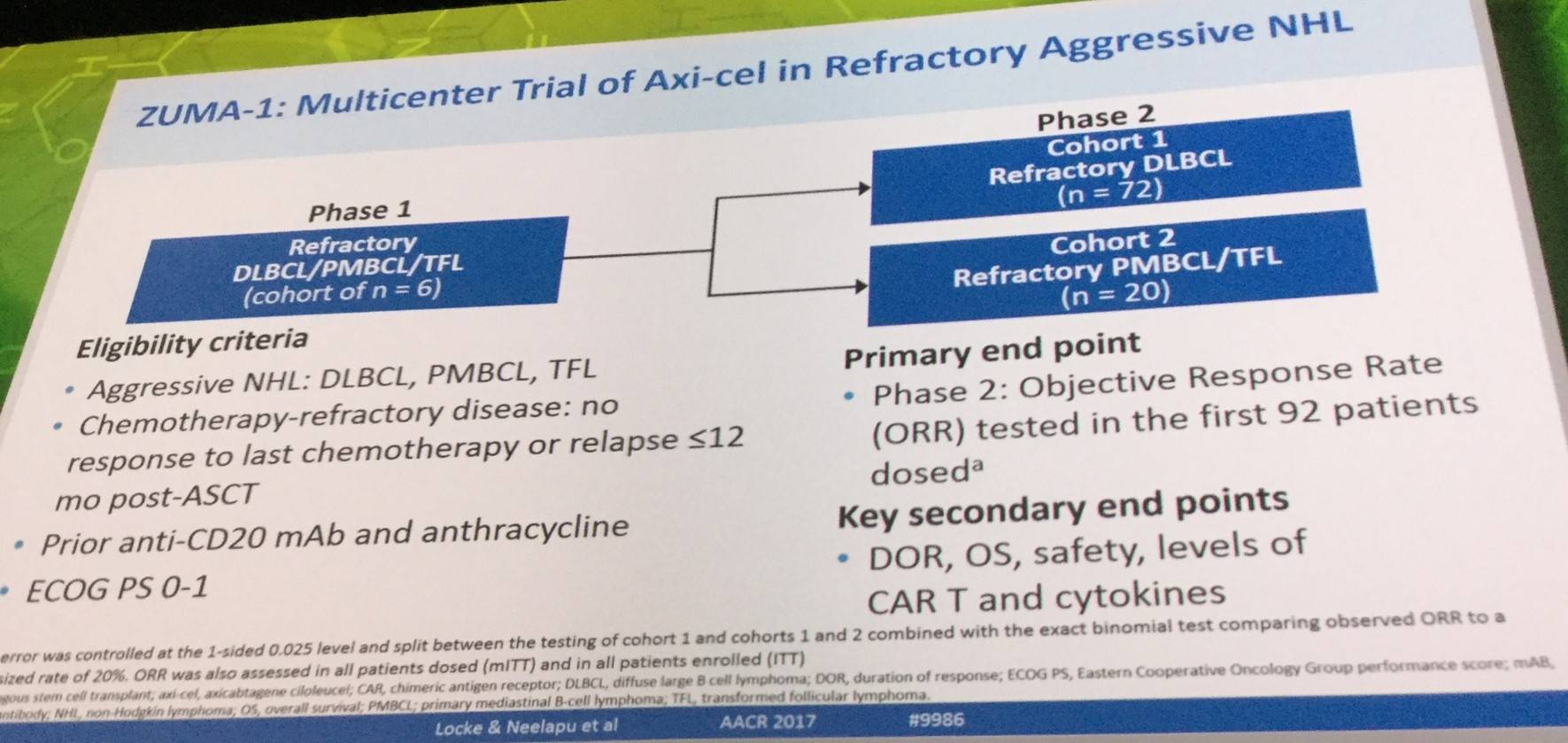All content on this site is intended for healthcare professionals only. By acknowledging this message and accessing the information on this website you are confirming that you are a Healthcare Professional. If you are a patient or carer, please visit the Lymphoma Coalition.
The lym Hub website uses a third-party service provided by Google that dynamically translates web content. Translations are machine generated, so may not be an exact or complete translation, and the lym Hub cannot guarantee the accuracy of translated content. The lym and its employees will not be liable for any direct, indirect, or consequential damages (even if foreseeable) resulting from use of the Google Translate feature. For further support with Google Translate, visit Google Translate Help.
The Lymphoma & CLL Hub is an independent medical education platform, sponsored by AbbVie, BeOne Medicines, Johnson & Johnson, Roche and sobi, and supported through educational grants from Bristol Myers Squibb, Incyte and Lilly. The funders are allowed no direct influence on our content. The levels of sponsorship listed are reflective of the amount of funding given. View funders.
Now you can support HCPs in making informed decisions for their patients
Your contribution helps us continuously deliver expertly curated content to HCPs worldwide. You will also have the opportunity to make a content suggestion for consideration and receive updates on the impact contributions are making to our content.
Find out more
Create an account and access these new features:
Bookmark content to read later
Select your specific areas of interest
View lymphoma & CLL content recommended for you
AACR 2017 | Primary results from the pivotal ZUMA-1 trial of KTE-C19 in refractory aggressive Non-Hodgkin Lymphoma patients
On Sunday 2nd April, during the “CTSY02 - Immuno-oncology Biomarkers in Clinical Trials” session at AACR 2017, Frederick L. Locke, MD, of the H. Lee Moffitt Cancer Center & Research Institute, Tampa, FL, gave a talk titled “Primary results from ZUMA-1: a pivotal trial of axicabtagene ciloleucel (axicel; KTE-C19) in patients with refractory aggressive non-Hodgkin lymphoma (NHL).”
Dr. Locke began his talk by explaining that there is a significant unmet need in refractory aggressive Non-Hodgkin Lymphoma (NHL). It is the most common cancer of the blood in the United States and outcomes for refractory aggressive disease is poor: in the SCHOLAR-1 meta-analysis ORR was 26% (CR = 8%; PR = 18%) and median OS was 6.6 months.
Axicabtagene ciloleucel (axicel; KTE-C19) is an autologous, Chimeric Antigen Receptor (T-cell) therapy specific against CD19+ cells and functions via CD3ζ/CD28-based signaling.
Dr. Locke then discussed the design of the ZUMA-1 trial:


The talk then focused on the preliminary results of the trial, which met its primary endpoint of ORR (P < 0.0001) in the combined group. In addition to this, 44% of responses are ongoing after a median follow-up of 8.7 months.


Dr. Locke went on to state that 6-month PFS rates were consistent across key covariates. A median PFS of 5.9 months (95% CI, 3.4–9.8) was reported and median OS is not reached at the median follow-up of 8.7 months (95% CI, 10.5–NR). Compared with the SCHOLAR-1 data, 6-month OS rate is higher in the ZUMA-1 trial: 55% versus 80%, respectively.
An overview of adverse events experienced during the trial was presented:

Dr. Locke concluded the talk with a succinct summary slide, emphasizing that ZUMA-1 is the first pivotal trial of CD19-specific CAR T-cell therapy in patients with refractory aggressive NHL.

References
Your opinion matters
In your experience, does lisocabtagene maraleucel offer a durable, potentially curative remission with a one-time infusion in second-line large B-cell lymphoma?

